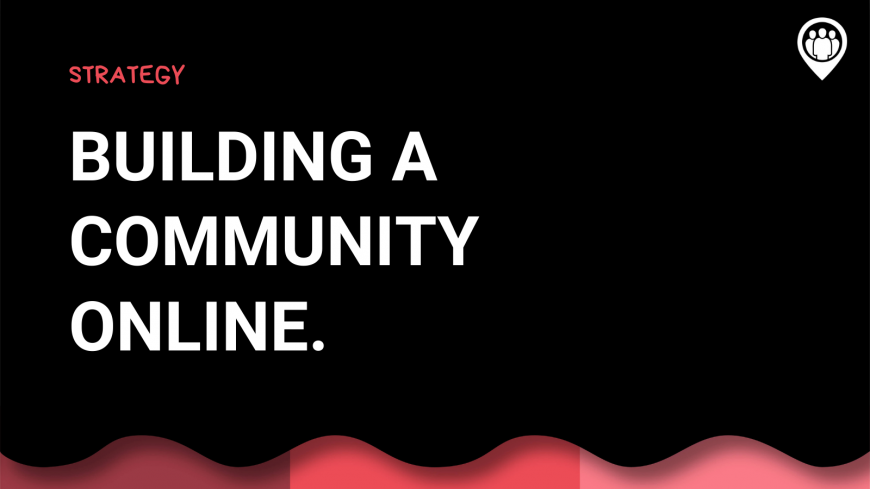Building a community online
Sahail Ashraf posted on 4 January 2022
Online communities exist, and brands are starting to realise just how important they are. But how do you create one? Should you create one? We take a look at the key points behind this growing phenomenon.

While some would argue that social media is all about community, there is another layer involved. Some brands work hard to create a real online community that unites their followers and helps to build loyalty over time.
What is an online community?
An online community is a group that comes together to interact around a shared interest. Sometimes that community comes together around a shared goal. Perhaps the most general example of an online community is still Facebook, which is obviously huge, and based very much on the idea of a ‘shared interest’.
But Facebook is a special case. There are many other smaller, more specific communities online. And when you think about it, Facebook may say it has a community feel, but it is very much a social media platform.
Isn’t our audience our community?
Well, yes and no. The key difference between an audience and a community is the direction of communication. With an audience, a brand delivers very much one-way opinions or messages, with audiences unable – to an extent – to contribute. They can Like and comment and so on, but it’s initiated by the brand, not the audience.
With a community, if a brand is successful in creating one, the audience becomes a community that has a shared interest. Ideas are shared and conversations are driven by the community. Discussions will follow in an established community because of that shared interest.
The benefits of building an online community
For brands, there are three distinct benefits that make online communities attractive:
- Improved customer support and experience
- Enhanced brand loyalty
- Market research and feedback
These three benefits make developing and promoting a community more than worthwhile. With customer support it is easy to see brands really taking on the challenge in recent times. There are online chat services and question and answer forums that encourage customers to get involved in discussions. These discussions can cover a wide range of topics, from how to get the most out of a product to your favorite features of a product.
The communities build loyalty by making customers feel like they are part of a tribe. That loyalty then transforms into advocacy, where customers share their positive experiences with friends. This translates into more business.
With the feedback aspect, brands can easily start conversations that create clear feedback and data. This is much more effective in a community where customers feel they belong.
Getting an online community together
There are a number of steps you need to take to create an online community.
- Focus on creating a structure. Find and assign a community manager. They should have full oversight of what is going on in the community, how it is being run and how the work aligns with the work of the brand. After that, focus on making sure you have the relevant people in your organisation involved, such as marketing managers and other people who can help with the branding and the messaging.
- Choose your purpose. You cannot just create a community for the sake of it. You need a purpose, a goal. Work out what you want your community to offer to members and make that the focal point. You could build an entire community around one product, for example. Or you could have a discussion board community based around customer ideas on product improvement.
- Choose your platform. Platforms like Instagram, Facebook, Reddit, and Telegram and WhatsApp are free. They’re platforms where your community members (and you) can sign up for free and your community will live on the platform as an internal micro-community. There are also platforms owned by communities and brands. Websites that have their own login and password are called owned community platforms. The members of your community would log into your own website to virtually enter the community.
- Create rules and norms.You can’t let your members make all the rules, even though your community is for them. Show them the ground rules and have them agree to follow them before they become members. You’ll have to take them out if they don’t comply. A community’s rules and norms can include, for example, that members can’t speak negatively to each other; verbal profanity isn’t allowed; or members can’t advocate for their own products.
From there it is just a question of assigning more roles, ensuring you have the right platform and then promoting the community.
Your main source of members will be the audiences on your social network accounts. These people will need to see regular promotions about the community and how it will mean a lot to them to join.
Online communities build loyalty and develop leads for brands. If you have a reason for having one, and you have the right team, it is well worth considering as a new project.
Are you a social media manager? That’s great. We can help. Locowise is a platform that delivers metrics and data that makes your job a lot easier, from monitoring to reporting. Ask us for a demo so we can show you how Locowise works.




